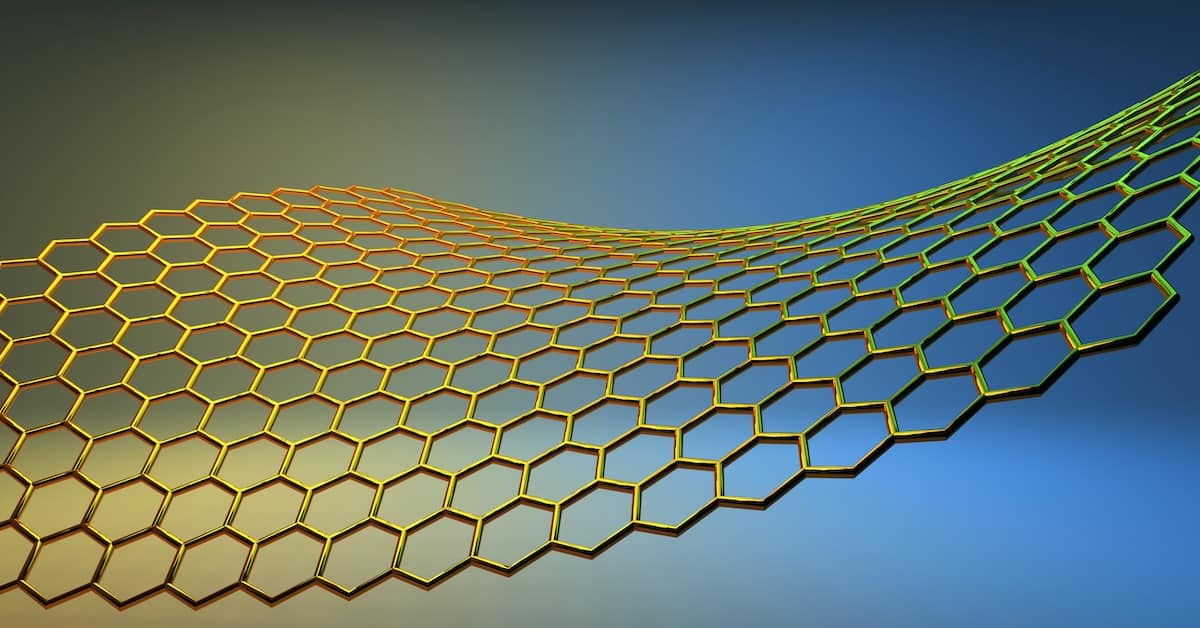by Peter Breggin MD & Ginger Breggin, America Outloud:

SciTechDaily calls graphene oxide nanoparticles a “wonder material” that is now “verified safe” in humans by new research.1 It further declares graphene oxide is, in bold, “A revolutionary nanomaterial with huge potential to tackle multiple global challenges could be developed further without acute risk to human health, research suggests.”
Imagine that—graphene oxide nanoparticles are “without acute risk to human health.” That would suggest it’s harmless in vaccines, at least in the short run. The medical-industrial-military complex seems bent on proving graphene oxide nanoparticles are safe — perhaps because critical researchers have discovered them hidden in COVID “vaccines.”2
TRUTH LIVES on at https://sgtreport.tv/
The defenders of graphene oxide nanoparticles are handicapped in making safety claims because a motherload of research going back many years finds graphene oxide and nanoparticles in general are harmful to multiple body organs, to cells, and even to life itself across a spectrum of species.
The actual research study3 that supposedly proved the safety of inhaled graphene oxide nanoparticles was published in Nature Nanotechnology in 2024. It reports and dismisses the importance of their own findings: That the blood of the volunteers who inhaled graphene nanoparticles consistently caused clotting (thrombosis) when passed through arteries removed from people with pre-existing heart disease.
Here is what the research scientists themselves conclude:
The magnitude of the greater thrombogenicity after GO [graphene oxide nanoparticles] exposure was relatively mild and would be potentially of limited consequence, even in patients with pre-existing heart disease. Nevertheless, we recommend that characterization of the thrombogenic potential is included in experimental models used to develop risk assessments for graphene materials that may be of higher risk, or to consider higher exposure scenarios. [Emphasis added]
The authors have no right to draw such benign conclusions, declaring that it would be safe “even in patients with pre-existing heart disease.” As noted above, the danger signs came from testing the blood of the volunteers who had inhaled graphene oxide on cardiac arteries taken from patients with heart disease. The conclusion should be that it is especially dangerous in patients with pre-existing heart disease.
Given the surfacing of this risk in a very small study of humans, no further human studies and no commercial use of inhaled graphene nanoparticles should be allowed until further animal studies investigate this risk.
To add to these concerns, thrombosis is one of the tragic outcomes of the COVID genetic jabs, which release graphene oxide nanoparticles into the cells and the blood along with the genetic material.
The corruption of science today makes science entirely unreliable, in this case, whether we are reading a commentary in a science magazine or the research study itself.
Summarizing the Limits of the Study
Ironically, the study is largely worthless except as a warning about the potential clotting dangers of graphene oxide nanoparticles:
(1) The study involved only 14 health volunteers, making it virtually useless as a proof of its general safety It takes not 14, but hundreds and preferably thousands of subjects to evaluate the safety of a potentially dangerous substance, already unleashed on the public. Nonetheless, the clotting problem was found in a statically significant number of the 14 volunteers, which make it an especially alarming and valid signal that should produce fears instead of optimism.
(2) The authors boast that this is the first respiratory study of its kind, and yet they leap to dangerous conclusions about the safety of the graphene oxide nanoparticles.
(3) The authors admit that their graphene oxide nanoparticles are far more “clean” or “pure” than those in commercial use, which makes the study less relevant to real-life use.
(4) The authors largely ignore the vast existing literature on harm caused by graphene oxide nanoparticles and nanoparticles in general to living things, including mammals.
Earlier Research Warns of Dangers
A 2016 review of “graphene-family nanomaterials” (GFN) with 240 scientific citations came to ominous conclusions about their safety, citing numerous mechanisms of harm:4
This review collects studies on the toxic effects of GFNs in several organs and cell models. We also point out that various factors determine the toxicity of GFNs… In addition, several typical mechanisms underlying GFN toxicity have been revealed, for instance, physical destruction, oxidative stress, DNA damage, inflammatory response, apoptosis, autophagy, and necrosis. … and oxidative stress plays a crucial role in these pathways.
They note that lung studies are comparatively more available and have threatening results:
In conclusion, the lung injury induced by GFNs has been studied in several studies, the results of which have demonstrated inflammatory cell infiltration, pulmonary edema and granuloma formation in the lungs.
They also note that the dangers of graphene oxide have not been as well studied in other organs:
However, only a few specific studies have evaluated in other organs, such as the liver, spleen, and kidney, and the injury symptoms… nor have the related behavioural manifestations been studied. The developmental toxicity of GFNs may induce structural abnormalities, growth retardation, behavioural and functional abnormalities, and even death. … However, based on studies of other nanomaterials toxicity, long-term GFNs exposure may be an important factor harming health [3 citations]. Therefore, the long-term study of GFNs is necessary.
A September 2022 in-depth review of the literature on the toxicity of graphene oxide (GO) concluded:5
One feature that needs more attention is toxicity; it was discovered that the concentration of GO affects whether or not it is physiologically harmful, which restricts its use in the field of medicine. It has been found that there are a lot of animal species for which GO showed some cytotoxic nature. This is one of the aspects that needs more study. GO can be functionalized quite easily. Therefore, there is a need for more research to find ways to reduce its toxicity.
A 2024 study reviewed the toxic effect of all kinds of nanoparticles. Using nematodes as an animal model, they found that aging is a serious consequence.6
Read More @ AmericaOutloud.news




